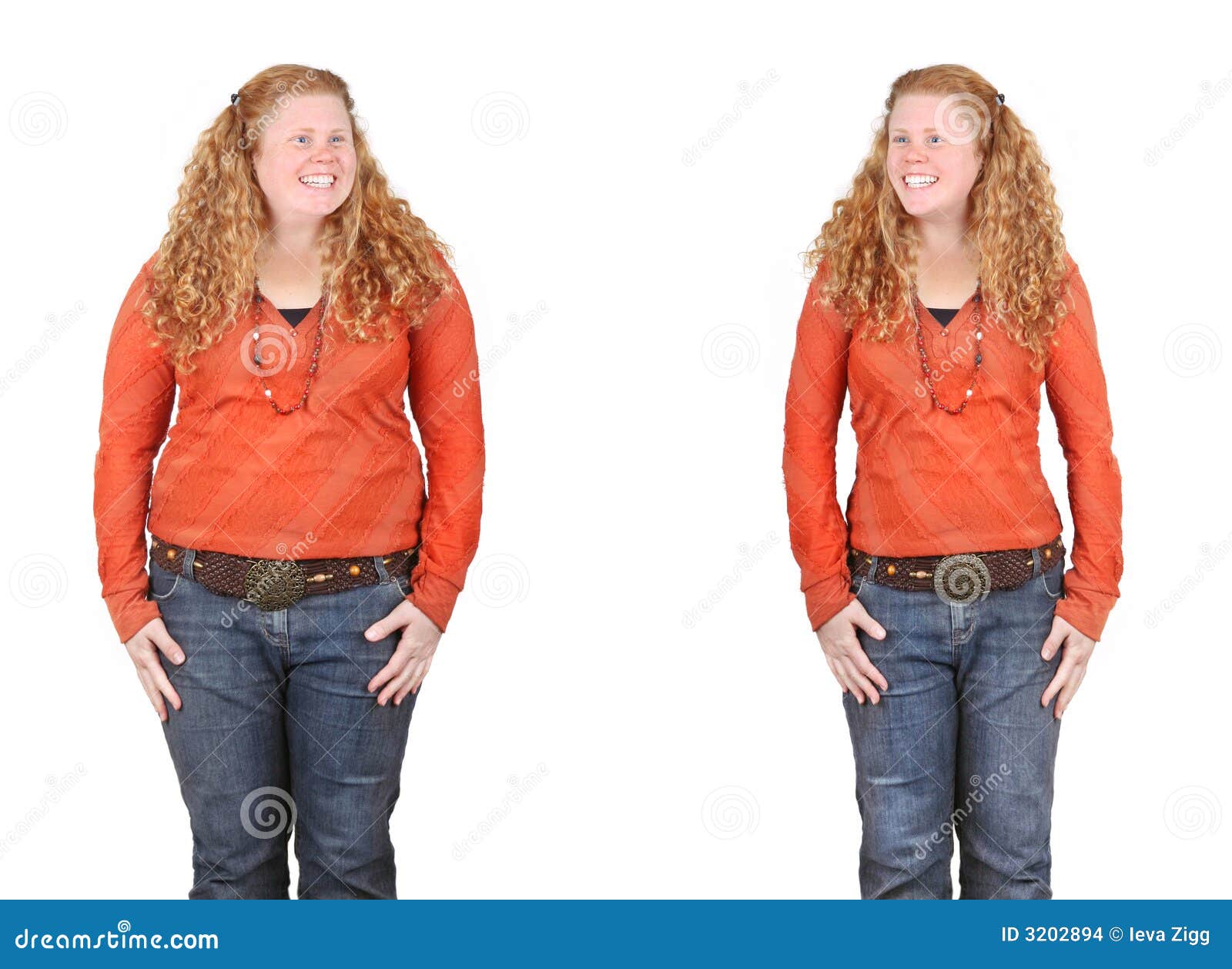1.
a) heat. Heat has the potential to disturb
homeostasis by altering an individual’s body temperature to such an extent that
their organs begin to fail, possibly fatally (hyperthermia). Excessive heat is
responsible for more deaths, globally, than excessive cold (hypothermia). If
the body temperature reaches 105-107 degrees and remains that high for a few
days, death is usually the result. Theoretically, hyperthermia would be
especially difficult for people of a shorter, thicker stature to tolerate
because that kind of body shape is ideal for colder climates; the layer of fat
that would be useful in a colder climate would be detrimental to the
individual’s health if that person was faced with conditions that instigate
hyperthermia.
3.
Short-term
adaptation: An example of short-term adaptation would be radiation (loss of
heat from the body in heatwaves, to the surrounding atmosphere) in response to
excessive heat. Likewise, evaporative cooling is a short-term adaptation which
is particularly effective in climates that are not only hot, but also
significantly dry.
Facultative
adaptation: If an individual moved to a warmer climate from a colder
climate, it is possible that their appetite would be suppressed because of the
heat, causing them to lose the layer of fat designed to keep them warm and thus
be able to cool off more efficiently. According to Bergmann’s rule slimmer
individuals have an easier time cooling off (i.e. they lose heat to the
surrounding atmosphere more quickly) because they have a larger surface-area-to-volume
ratio.
3. In many ways I think that observing human variation across environmental clines is a good way to preserve the perspective that while we all vary according to our environment, we ALL vary; the reasons we are different from one another are the same everywhere. Many tribes in Africa have traditional clothing that exposes a lot of their skin, and this could be for the same reasons Southern Californians wear shorts (cultural adaptations). In other words, this kind of study allows us to see the similarities between populations worldwide, which is perspective-changing in and of itself.
4. I don't think race can be used to explain any of the adaptations I listed in question 2. Race is generally not a fruitful lens through which to study science or the variation of human populations; indeed, using race scientifically led to a staggering amount of historical atrocities. The study of environmental influences on adaptations is much more effective, because it allows us to observe similarities between different populations who perhaps live on parts of the globe with similar environmental conditions (the similar skin pigmentations of South Indians and some populations of Africa, for example).




Hi Yvonne,
ReplyDeleteI also chose heat as my topic. I liked your example of culture adaptation and the pictures you chose. I agree you can't use race to explain heat adaptation and the study of the environment is more effective.
~Danielle Mickels
Yvonne,
ReplyDeleteI really enjoyed your developmental section about the Masai tribe of East Africa. The environmental stress I chose was cold, and in my developmental section I talked about the Inuit people and how they have adapted to their living conditions. Therefore I found it interesting how the Inuit and Masai had completely different body structures due to the climate they live in! While the Masai are slender and long the Inuit are short and stoky.
Great post!
-Carly Bagingito
Very good opening description of the negative affects of heat stress.
ReplyDeleteEvaporative cooling (i.e., sweating) is indeed a short term adaptation. The "radiation" you refer to is actually vasodilation, which is the opening of the capillaries to allow blood to flow to the skin's surface, releasing heat from the body. This is a facultative trait, not a short term one.
You are correct that a person can change their body shape during their lifetime to adapt to changing temperatures. Good work including the term Bergmann rules. There is a parallel rule that applies to the appendages, called Allen's rule.
I appreciate your view on the advantages of using the environmental approach and your comment that this view can be "perspectives changing". I'm glad to hear that!
I agree that the environmental approach is better than using race and that the use of race led to horrifying results in the past (and unfortunately is still happening in some places). But that still begs the question of "why?" Why doesn't race work? Where does the concept of race come from? Is it a biological concept or a subjective social construct? Is it defined universally across cultures or different from population to population? These are important questions and will help us understand why using race to understand human variation doesn't work.
Dr. Rodriguez,
DeleteOne of the reasons race doesn't work as a basis for scientific thought because there are cross-racial characteristics: i.e. a similar skin shade between some populations Asians and North Americans, or parts of African and Indian populations. It is important to focus on the biological similarities between populations rather than their differences. Genetically, humanity is less diverse even than chimpanzees--proving that observable differences, while present, are not what biology or anthropology should be based on.
The reference to the genetics is correct, though I am not sure about the statement that humans are LESS diverse genetically than chimps... I think that is only true if you view across the two primary chimp sub-species, since humans do not have multiple sub-species.
DeleteI see your point about similarities being more important than differences, particularly since categories of race see to focus dangerously on differences, but both are valuable when analyzed objective from the a scientific perspective instead of sorted socially.
Thank you for the response.
Yvonne
ReplyDeleteI really enjoyed reading your cultural adaptations section. I had not thought of clothing as a cultural aspect. My first thought was air conditioning. I also chose heat as my adaptation and enjoyed your images.
Emma Guzman